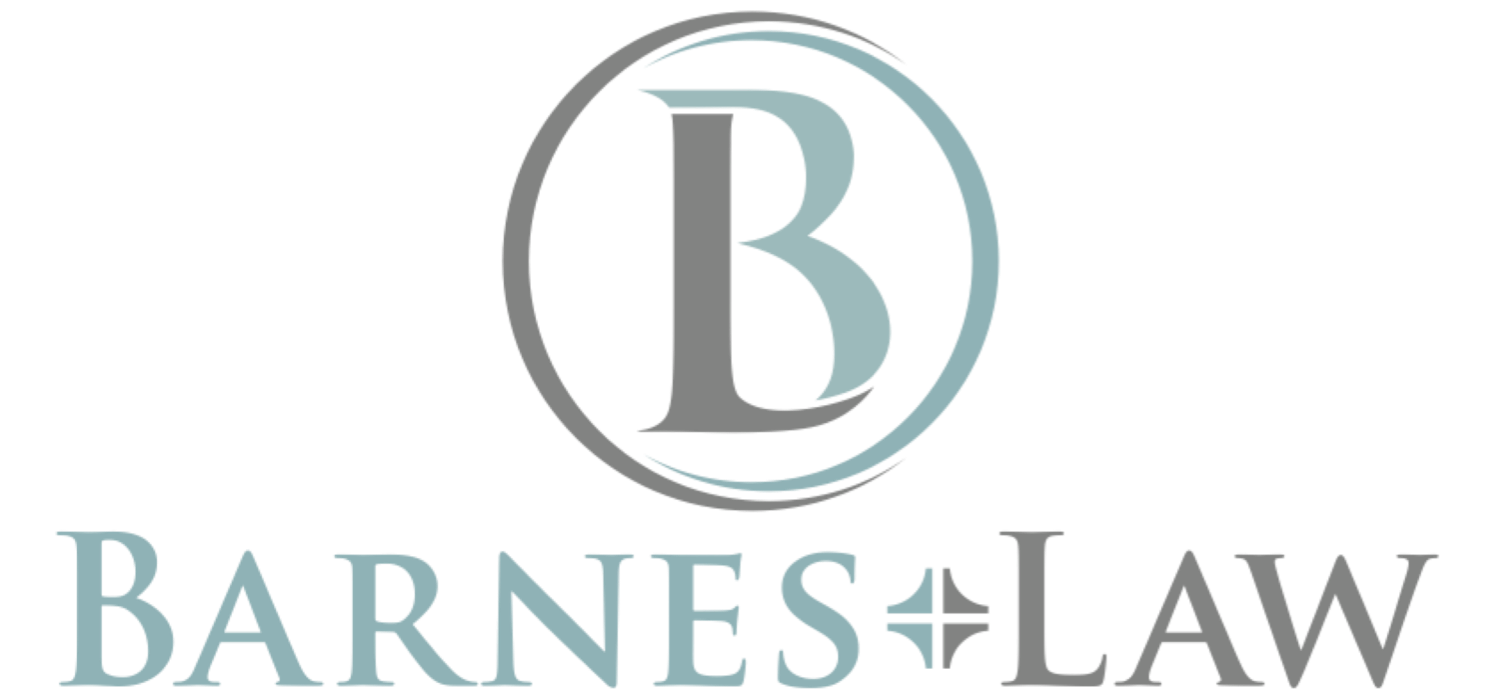Have you ever wondered what it means to have a copyright? You see the symbol everywhere -- in almost every book, publication, website, and digital media you read or listen to. But what does it mean?
A copyright is intellectual property tied to the tangible expression of an underlying idea or concept. It's a right that protects the original author of both published and unpublished works. Common examples include songs or novels. The music or novel itself can be protected by copyright as it is tangibly expressed on a hard drive, CD, or the pages of a book.
Simply having a tune in one’s head, unfortunately, does not protect that tune. One must place that tune in tangible form (or “copy”) for the copyright protection to be secured. Registered copyrights give the holder protection for a period of time. Once the time period has elapsed, these works are open to others for reproduction and republication.
A copyright does not have to be registered, however, to be protectable. There are certain advantages to registration, and with the relative ease of registration, any valuable work should certainly be copyrighted. A copyright is automatically secured when a work is tangibly created, or fixed in a copy (i.e., on a CD or other media). “Copies” are material objects from which a work can be read, heard, viewed, or visually perceived either directly or with the aid of a machine or device, such as books, manuscripts, sheet music, film, videotape, DVD, CD, or cassette tape or microfilm (if you remember those ancient things).
Copyrights are registered through the U.S. Copyright Office, and those filed in or after 1978 will last for the author’s life plus 70 years after his or her death. Registration of copyright gives the author more definitive protection and rights under law and equity to sue and claim more hefty damages for infringement or abuse of one’s copyrighted material. Registration also allows an owner of a copyright to charge license fees or other permission fees (royalties) for others’ use of that copyrighted material.
Much more information about the types of Copyrights can be found on the U.S. Copyright office’s website. A brief article from that website reviewing the basics can be found here.
